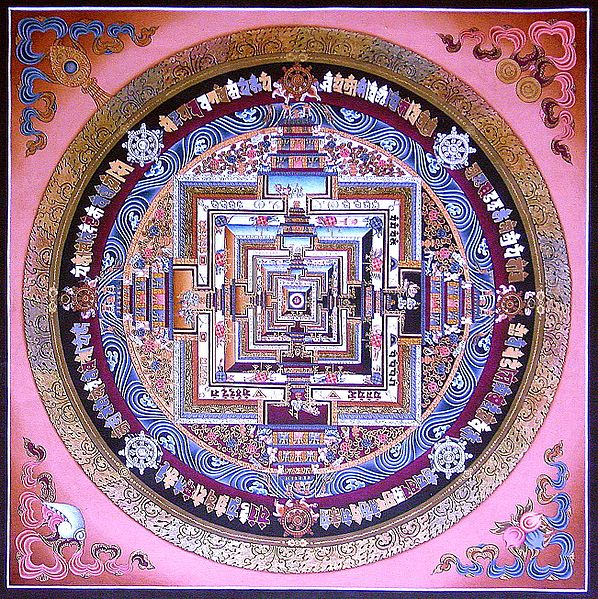For thousands of years rumors and reports have circulated that somewhere beyond Tibet, among the icy peaks and secluded valleys of Central Asia, there lies an inaccessible paradise, a place of universal wisdom and ineffable peace called Shambhala. Legends say that only the pure of heart can live in Shambhala, enjoying perfect ease and happiness and never knowing suffering, want or old age. Love and wisdom reign and injustice is unknown. The inhabitants are long-lived, wear beautiful and perfect bodies and possess supernatural powers; their spiritual knowledge is deep, their technological level highly advanced, their laws mild and their study of the arts and sciences covers the full spectrum of cultural achievement, but on a far higher level than anything the outside world has attained. By definition Shambhala is hidden. Of the numerous explorers and seekers of spiritual wisdom who attempt to locate Shambhala, none can pinpoint its physical location on a map, although all say it exists in the mountainous regions of Eurasia. Many have also returned believing that Shambhala lies on the very edge of physical reality, as a bridge connecting this world to one beyond it.
In Tibetan Buddhist tradition, Shambhala (also spelled Shambala or Shamballa; Tibetan: bde 'byung, pron. De-jung) is a mythical kingdom hidden somewhere in Inner Asia. It is mentioned in various ancient texts, including the Kalachakra Tantra and the ancient texts of the Zhang Zhung culture which predated Tibetan Buddhism in western Tibet. The Bön scriptures speak of a closely related land called Olmolungring. Whatever its historical basis, Shambhala gradually came to be seen as a Buddhist Pure Land, a fabulous kingdom whose reality is visionary or spiritual as much as physical or geographic. It was in this form that the Shambhala myth reached the West, where it influenced non-Buddhist as well as Buddhist spiritual seekers--and to some extent, popular culture in general. The Sanskrit name means “place of peace, of tranquility.” Though it’s true location has never been found, its beginnings are unknown and its existence is unproven, Shambhala is recognized and honored by at least eight major religions, and is regarded by most esoteric traditions as the true center of the planet and the world’s spiritual powerhouse.
It is said to be inhabited by adepts from every race and culture who form an inner circle that secretly guides human evolution. This remarkable kingdom reputedly exists both above and below ground, with a network of tunnels hundreds of miles long. “Cars of strange design flash along their length,” writes Andrew Tomas, author of Shambhala, Oasis of Light, “and they are illumined by a brilliant, artificial light which affords growth to the grains and vegetables and long life without disease to the people.”
Victoria LePage writes in her superbly researched book, Shambhala: “Modern society is in desperate need of a zone of order, a mandalic center within spiraling chaos.” And she maintains, the quest for this center leads us directly to Shambhala, which she calls “The World Axis.” LePage, who has been studying Shambhala for nearly fifty years, says that many marvels are supposed to have been seen in this underground world: museums, libraries, stores of jewels, and technological inventions thousands of years before their time. And, according to Chinese lore, the aircraft and space vehicles of the Immortals of Shambhala journey among the stars, observing the habitats of other races and kingdoms. It would be easy to dismiss Shambhala as pure mythical fantasy, were it not for a very credible explorer who searched for, found and returned to tell us something about his experiences in Shambhala.
Read more on Shambhala Mountains


No comments:
Post a Comment